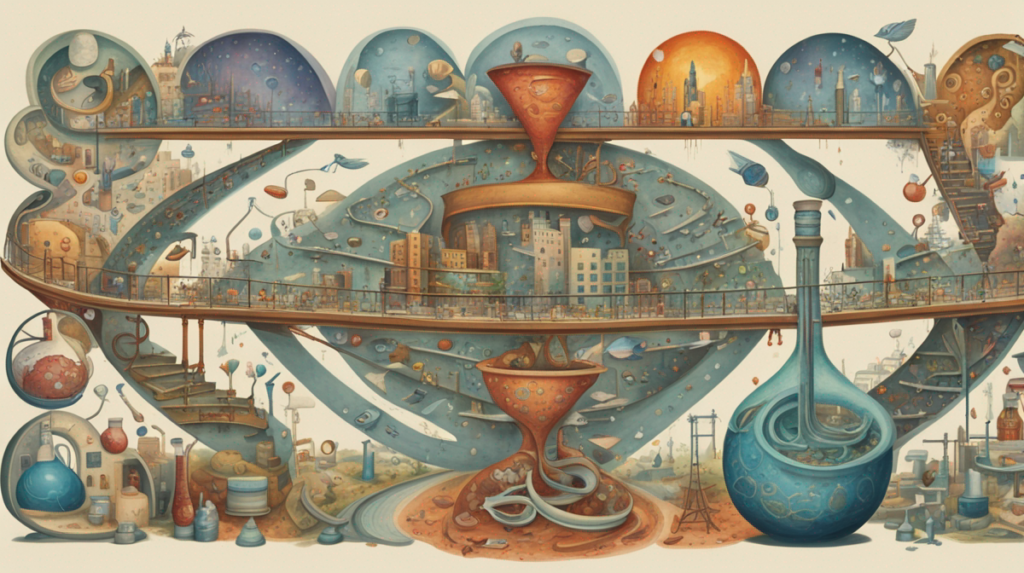As our world propels deeper into the age of information, the importance of science communication in health grows exponentially. It’s the backbone of our modern understanding of diseases, therapies, and prevention strategies. Yet, whether it’s scientific jargon or misinformation, barriers persist, threatening to undermine this necessary dialogue. This article addresses these hurdles and offers practical tips to enhance the quality and effectiveness of science communication within the health sector.
The Importance of Science Communication
Scientific findings keep us abreast of our evolving understanding of the human body, diseases, medicines, and new therapeutic practices. Effective communication of these findings empowers us to make informed health decisions, fostering stronger health literacy. It also catalyzes societal progress and innovation through the dissemination of scientifically accurate, up-to-date medical knowledge.
Challenges in Science Communication
Despite its significance, bridging the gap between science and the lay public is fraught with obstacles. The scientific language often eludes comprehension due to heavy jargon. On the opposite end, oversimplified or sensationalized messages can mislead audiences. The advent of digital media has also exacerbated the spread of health misinformation, further complicating this landscape.
Effective Science Communication: Going Beyond the Jargon
Mitigating the challenges of science communication demands a concerted effort. Scientists, healthcare providers, educators, and the media must cultivate a commitment to clear and accurate communication. Here are some practical strategies:
- Use plain language: Scientific terms should be replaced with layman’s terms without diluting the message.
- Engage storytelling: Narratives and relatable examples can make complex scientific concepts more digestible.
- Fact-checking: Ensure information accuracy and reliability before sharing, to curtail the spread of misinformation.
- Foster dialogue: Encourage questions and discussions, cultivating a two-way communication channel instead of one-way dissemination.
Dealing with Controversies
Health-related science communication sometimes encounters controversy, particularly when new studies contradict traditional beliefs. Present such scenarios with a balanced viewpoint, emphasizing the evolving nature of scientific knowledge while confirming established facts. For instance, during the COVID-19 pandemic, understanding of the disease has evolved rapidly, and new findings have occasionally contradicted previous knowledge, fostering public confusion. Address such controversies by explaining the scientific process and the preliminary nature of some findings.
Conclusion
Science communication is an integral player in advancing health literacy and promoting informed decision-making. While challenges exist, each one offers an opportunity to reassess and improve the way we share and consume health information. By seizing these opportunities, we can create a healthier, better-informed society.
Remember, the goal is a bidirectional flow of information – from scientists to the public and back. Everyone has a role to play in ensuring effective science communication in health.

